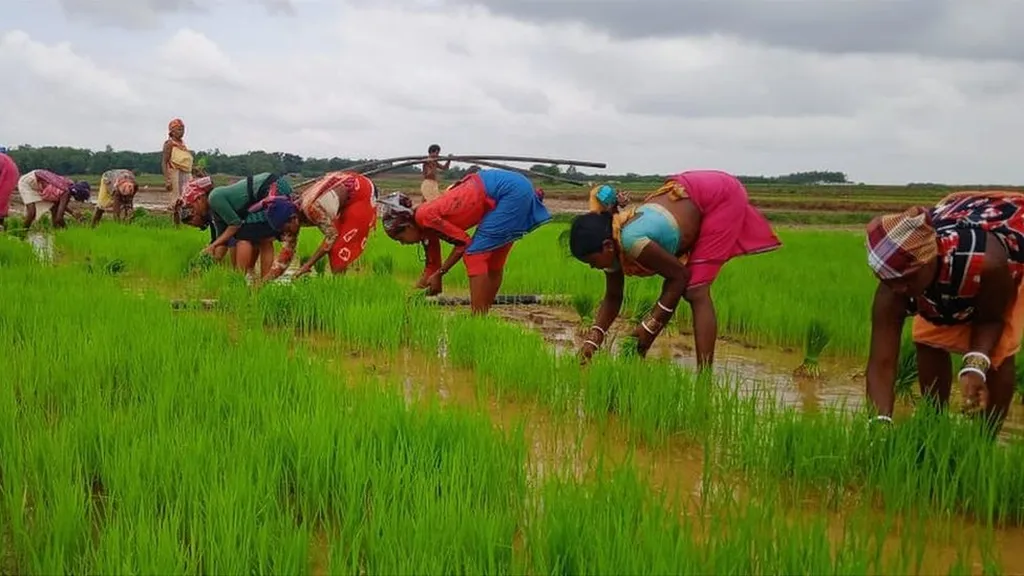In the heart of India’s Western Indo-Gangetic Plains, a region critical to the country’s food security, a groundbreaking study is reshaping the future of agriculture. Led by Mansukh Singh Jatana, a scientist at the ICAR-Central Soil Salinity Research Institute in Karnal and the ICAR-National Research Centre on Yak in Dirang, Arunachal Pradesh, the research published in ‘Energy Nexus’ (translated as ‘Energy Nexus’) is challenging conventional farming practices and paving the way for a more sustainable and resource-efficient rice-wheat system.
The study, a two-year field experiment, delves into the often-overlooked impacts of intensive tillage and on-field residue burning. These practices, while common, have significant economic, soil health, and environmental consequences. Jatana and his team explored alternatives, focusing on conservational tillage, residue management, and pressurized irrigation systems like drip and mini-sprinkler irrigation.
The results are promising. By integrating these practices, the team observed notable improvements in crop growth and yield. For instance, puddled transplanted rice (PTR) showed a 11% increase in yield compared to direct-seeded rice (DSR). Moreover, the yield penalty associated with DSR was compensated by a 14% enhancement in crop performance in zero tillage wheat (ZTW).
The study also highlighted the benefits of residue mulching. “Residue mulching increased wheat yield by 7%,” Jatana explained, “with gains of 6.3% in sprinkler, 7.1% in mini-sprinkler, and 7.7% in drip-irrigated ZTW.” This practice, combined with pressurized irrigation, led to a significant 53% improvement in irrigation water use efficiency.
The implications for the energy sector are substantial. Efficient water use translates to energy savings, as pumping water for irrigation accounts for a significant portion of agricultural energy consumption. By adopting these practices, farmers can reduce their energy footprint while increasing productivity.
The study also validated the AquaCrop model, which can simulate rice and wheat yield and water footprint for various treatments. This tool can aid farmers and policymakers in making informed decisions about resource management.
As the world grapples with climate change and resource depletion, this research offers a beacon of hope. It demonstrates that sustainable and resource-efficient agriculture is not only possible but also beneficial for both the environment and the economy. The transition to a drip-irrigated direct-seeded rice-zero tillage wheat system, complemented by rice residue mulching, could be a game-changer for the Western Indo-Gangetic Plains and similar regions worldwide.
In the words of Jatana, “This study is a step towards designing ecologically sustainable and resource-efficient agri-food systems.” It’s a call to action for the agricultural community to embrace these practices and secure a sustainable future.

